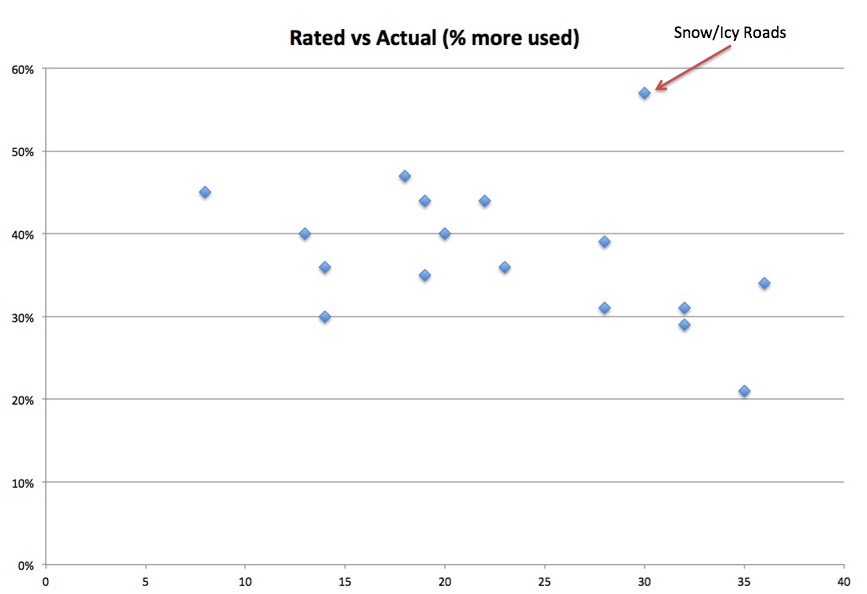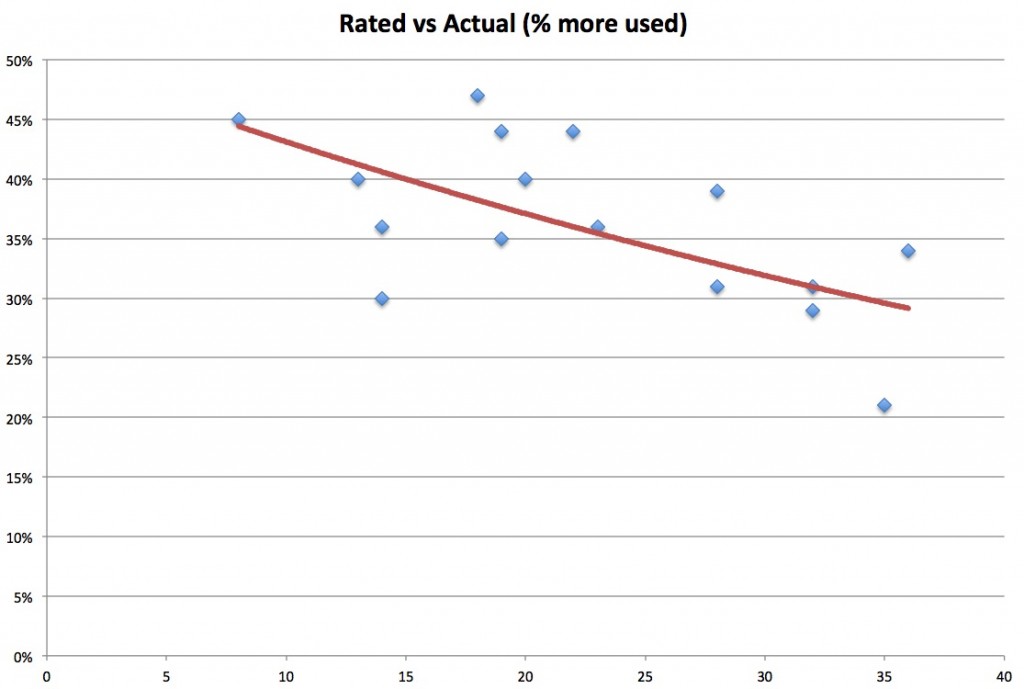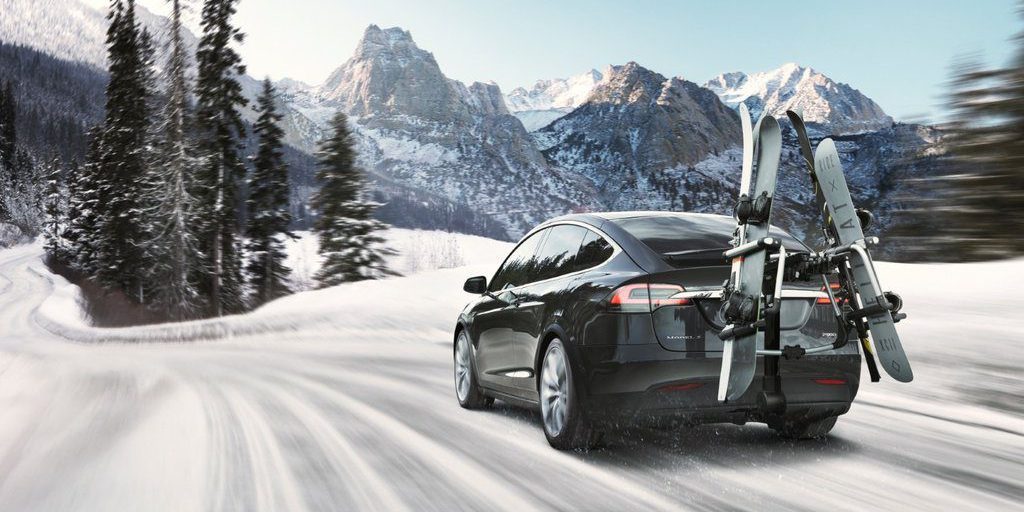

News
Tesla Battery Range in Sub-Zero and Snowy Conditions
Over the month of January I decided to study the impact sub-zero weather conditions had on the battery range of my Tesla Model S and found it to be diminished by roughly 40%. Range will vary depending on one’s driving habits but the effects of winter on a Tesla Model S and its battery range should roughly mirror the data that I was able to collect.
Collecting Battery Range Data
I recorded my Tesla’s rated range at the beginning of the day and once again at the end of the day. I logged the amount of kWhs consumed during my daily journey, the actual miles driven and the average temperature for that day. All of this was plotted into a data grid so that I can analyze the effects winter conditions would have on my battery range. The results were as follows:
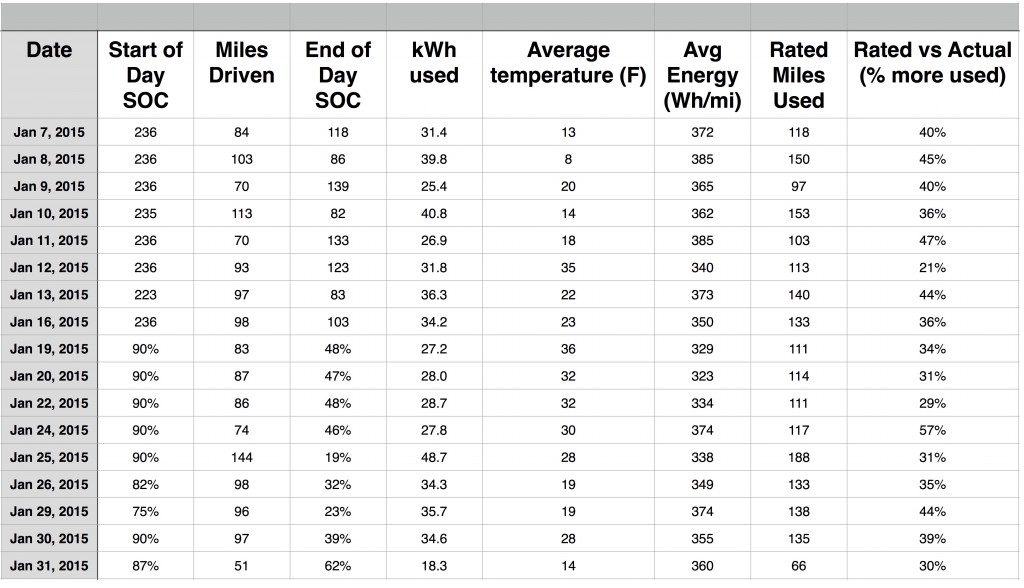
Comparing the Tesla Model S rated range display versus the actual rated miles used during winter weather conditions. Results indicate an increase of 21% to as high as a 57% in energy consumption.
Results
Plotting the % of rated miles used / miles driven against temperature lets us see the correlation between outside temperature and battery range.
Here you can generally see a trend towards improved efficiency as outside temperature increases. There’s one big outlier which turns out to be a day when the roads were covered in snow and ice. Taking out that data point shows a better correlation between temperature and battery range.
Using a trend line we can see that the outlier at the 57% mark should have been closer to 32% had the roads been more clear. Driving through snow and ice conditions affected the range by an extra 25%.
The data point at the 30% mark during 14 degree is a result of me pre-warming the Model S while it was still plugged in. Warming your car up from shore power prior to taking a trip improves your efficiency.
Summary
Using the data above and a calculated trend line I came up with the table below. This table is showing the actual maximum range I’d expect to get out of a 85kW battery pack which has a rated range of 265 miles:
This analysis is based on data I collected on my car over the course of one month and during a variety of winter conditions. I found it really eye opening to see the rated range of my Model S go from 265 to a real world average of 143 miles during the winter (90% charge, 40% range degradation). For the 60kW model this would be 112 miles.
Fortunately Tesla appears to be placing Superchargers closer together which will help alleviate any issue with running out of range because of winter weather conditions.
How do you best prepare for winter driving in your Tesla Model S?
- Expect to use (on average) 40% more power during the winter.
- Expect to lose about 10 miles of real range for every 10 degree drop.
- If the roads aren’t dry expect to lose up to 25% more range.
- Plan your charging and driving accordingly — don’t cut it close.
I hope this information has helped you understand the effects of winter on the Tesla Model S. If you have your own data, observations or questions to share, we’d love to hear them so leave us a note at the bottom of the page.

Elon Musk
Tesla supporter struck with vehicle by anti-Musk protestor at counter-protest
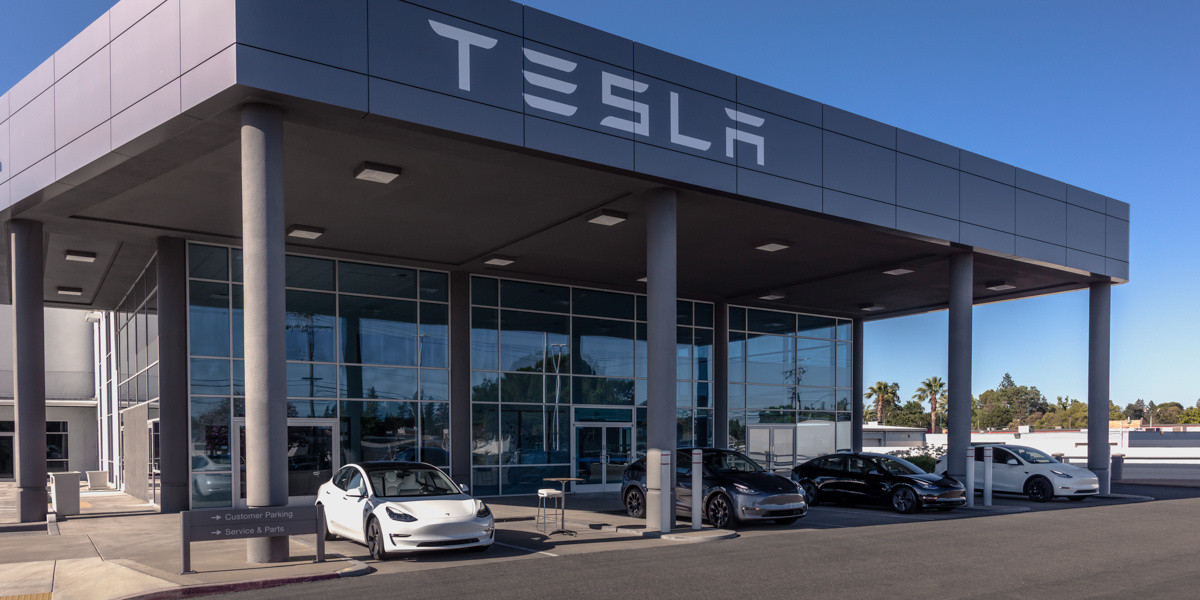
A man who showed up to counter-protest an anti-Elon Musk and anti-Tesla rally in Idaho was struck by a vehicle driven by a member of the “Tesla Takedown” movement.
A 49-year-old man arrived at the anti-Musk and anti-Tesla rally on Saturday to counter-protest the event when a 70-year-old reportedly made “an obscene gesture” toward him and struck him with his car.
Reports state that the victim of the attack showed up in a truck with pro-Donald Trump flags and had just parked his vehicle when he was hit by 70-year-old Christopher Talbot.
While protests against Musk, Tesla, and Trump have not been uncommon, we are now starting to see that things are turning more violent. The Meridian Police Department is upholding everyone’s right to protest but believes that things are starting to get over the line:
“The Meridian Police Department reminds people to respect everyone’s right to protest and express their 1st Amendment Rights without resorting to violence.”
Some media reports seem to be blaming Musk and Tesla for Talbot’s actions, stating that “Musk has taken on a prominent and divisive role in President Donald Trump’s second administration,” as ABC News said.
However, pro-Trump and pro-Musk protestors have just as much of a right to speak out against the “Tesla Takedown” movement, especially considering many of the actions the administration and Musk have taken in recent months are blown out of proportion or are mislabeled and dramatized by mainstream media.
It is important to note that this is not the first time this has happened, and it was a Tesla driver who performed this same kind of unacceptable behavior in a previous instance. There is no justification for this kind of action, and it is now up to law enforcement to get things under control before more events like this happen.
Tesla owners are growing tired of being victims to various instances of violence and vandalism against their cars and other property simply because they are driving a vehicle manufactured by the company.
In a recent op-ed, I wrote that more lawsuits should be filed by victims of vandalism as things like an FBI Task Force and even President Trump himself stating that these acts are considered “domestic terrorism” may not be enough.
With that being said, just because someone drives a Tesla, it does not mean that they support Musk or the Trump administration. Most people buy vehicles not as political statements but as a choice that fits their lifestyle and their tastes.
News
Tesla could face New York store ban under this legislation
A new bill could threaten Tesla’s ability to operate in-person, direct sales stores in New York.
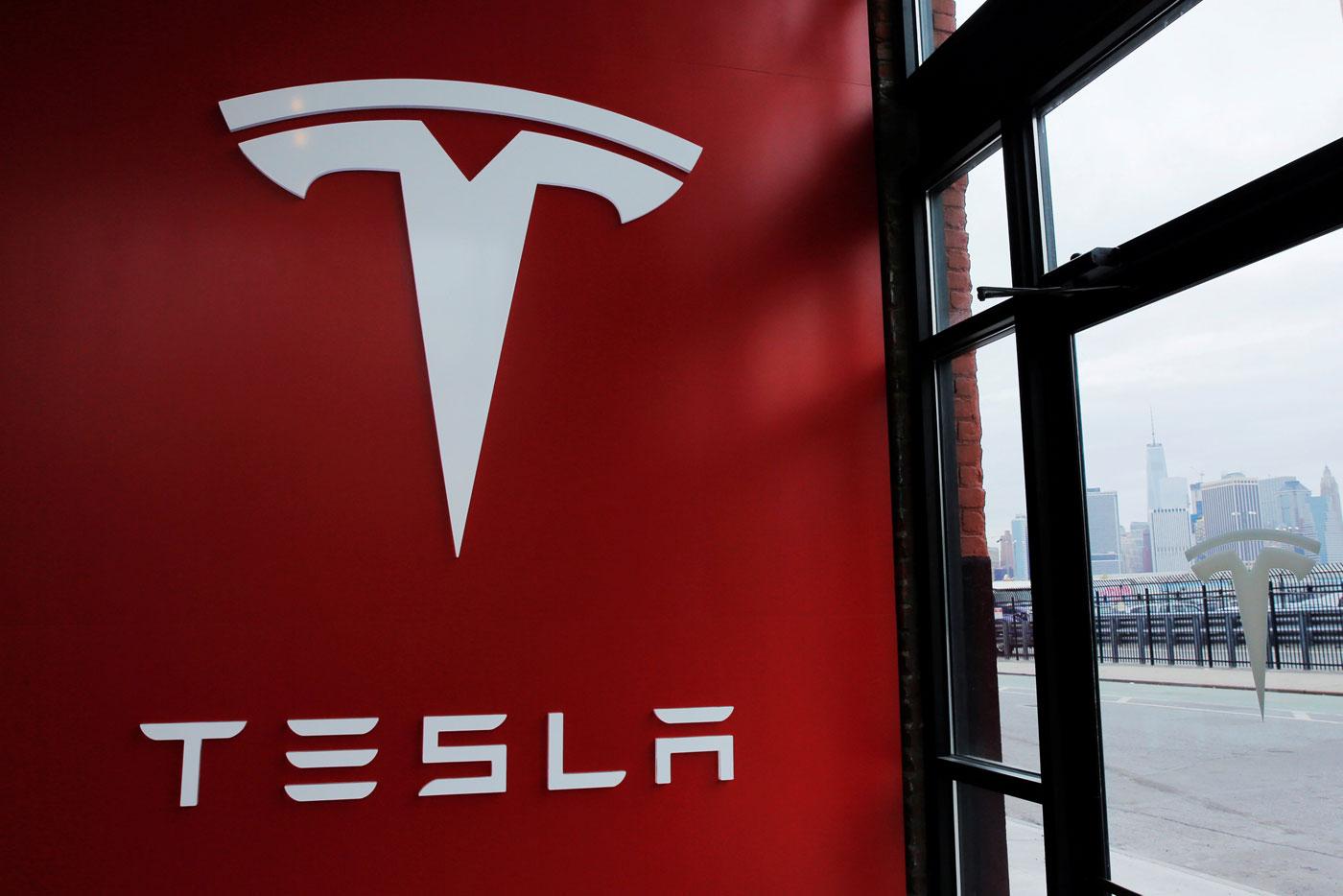
Tesla could be subject to new legislation in New York that seeks to revoke permits for the company’s stores, as part of a bill introduced this week that sponsors say aims to “foster competition and innovation in the marketplace.”
Democratic State Senator Patricia Fahy and Assembly Member Gabriella Romero introduced S.B. S6894 on Thursday, effectively revoking direct sales permits from five existing Tesla stores in New York, as detailed in a press release. If passed, the New York bill would keep in place a five-store limit placed on direct sales locations, but would require the state’s DMV to re-evaluate existing permits and issue new ones, excluding Tesla, which currently holds all five of the available permits.
“This legislation provides controlled growth of New York’s ZEV market by not granting indefinite privileges to early entrants—currently, all five direct sales locations are located downstate and are operated by Tesla, Inc., which limits consumer choice and prevents other manufacturers from entering the market,” Fahy’s office writes in the release. “The bill would allow new manufacturers to enter the market and ensure that there is an opportunity to expand these locations geographically.”
Fahy also told Politico that the bill intentionally aims to target Tesla CEO Elon Musk in the wake of his efforts under the recently created government efficiency division under the Trump administration.
“No matter what we do, we’ve got to take this from Elon Musk,” Fahy said. “He’s part of an effort to go backwards.”
“The bottom line is, Tesla has lost their right to promote these when they’re part of an administration that wants to go backwards. Elon Musk was handed a privilege here.”
🚨 You’ve got to be insane to think it’s better for consumers and car buyers to delegitimize direct sales
“I love going to a car dealership” -nobody ever https://t.co/GXEzktUjnG
— TESLARATI (@Teslarati) February 10, 2025
READ MORE ON TESLA NEW YORK: Anti-Musk protests at Tesla store in New York lead to arrests
The release also highlights New York’s target of reaching 100-percent ZEV sales by 2035, as part of the state’s Climate Leadership and Community Protection Act (CLCPA). The bill also says it hopes to bring zero-emission vehicle (ZEV) direct sales stores to other parts of New York, adding that limited access to direct sales models has prohibited more widespread adoption of electric vehicles (EVs).
“As New York moves toward a clean energy future, we must ensure that consumers have greater access to zero-emission vehicles while fostering competition and innovation in the marketplace,” Fahey says. “This legislation takes a measured approach to inducing the growth of direct sales and opening the door for new ZEV manufacturers to enter New York State’s market, while keeping us on track to meet our ambitious climate goals.”
Other automakers with direct sales models, such as Lucid and Rivian, would also be able to bid for the five permits, potentially giving smaller companies a chance to establish physical store locations.
New York is one of several states that have limits on how many non-dealership franchise stores, or direct sales model stores, are allowed to operate statewide. Still others include complete bans on direct sales, requiring automakers to sell vehicles through franchised dealerships, sometimes even including service locations.
At this time, New York joins eight other U.S. states that have a cap on the number of available direct sales sites, while 13 states — including Tesla’s home state of Texas — still have total or partial bans on direct sales.
Tesla has filed a petition with Wisconsin to allow direct car sales
Elon Musk
Musk says xAI has acquired X in $33 billion stock deal
The acquisition comes two and a half years after Musk first acquired X, formerly known as Twitter.
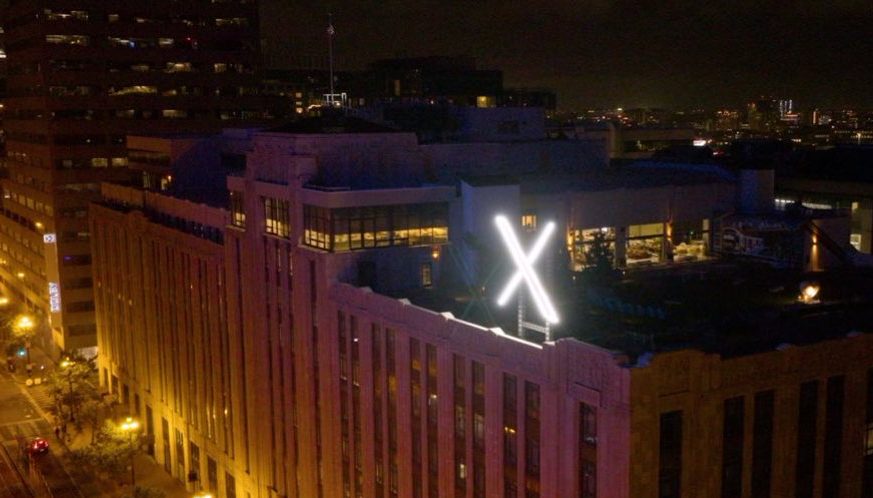
Elon Musk announced this week that xAI has acquired his social media platform X, performed through an all-stock transaction expected to make it easier to raise additional funding for the combined entities.
In a post on X on Friday, Musk said that xAI acquired X in an all-stock transaction, with xAI valued at $80 billion and X at $33 billion, considering a $45 billion value less $12 billion in debt for the social media company. He adds that combining the companies “will deliver smarter, more meaningful experiences,” along with offering a “platform that doesn’t just reflect the world but actively accelerates human progress.”
A report from the Wall Street Journal said that shares of X and xAI would be exchanged for shares in a holding company dubbed the xAI Holdings Corp., while the report also claimed that executives at both firms believed merging would make it easier to raise funding.
You can read Musk’s full statement on the acquisition below.
xAI has acquired X in an all-stock transaction. The combination values xAI at $80 billion and X at $33 billion ($45B less $12B debt).
Since its founding two years ago, xAI has rapidly become one of the leading AI labs in the world, building models and data centers at unprecedented speed and scale.
X is the digital town square where more than 600M active users go to find the real-time source of ground truth and, in the last two years, has been transformed into one of the most efficient companies in the world, positioning it to deliver scalable future growth.
xAI and X’s futures are intertwined. Today, we officially take the step to combine the data, models, compute, distribution and talent. This combination will unlock immense potential by blending xAI’s advanced AI capability and expertise with X’s massive reach. The combined company will deliver smarter, more meaningful experiences to billions of people while staying true to our core mission of seeking truth and advancing knowledge. This will allow us to build a platform that doesn’t just reflect the world but actively accelerates human progress.
I would like to recognize the hardcore dedication of everyone at xAI and X that has brought us to this point. This is just the beginning.
Thank you for your continued partnership and support.
READ MORE ON XAI: Elon Musk’s xAI gets investment from Nvidia in recent funding round: report
Musk officially purchased X, then called Twitter, and took it private for $44 billion in October 2022. The Tesla CEO then launched xAI in 2023, along with debuting the company’s first product, Grok, first as a large language AI model that was only available on X. The model has since been developed more and has added image generation, and the company last month debuted the latest-gen Grok 3 update.
Last month, it was also reported that xAI’s upcoming $700 million data center in Atlanta would be operated collaboratively with X, which is expected to eventually utilize over 12,000 Nvidia GPUs. The AI firm also activated an even larger data center in Memphis, Tennessee last year, dubbed Colossus, and expected to sport 200,000 Nvidia GPUs upon completion.
-

 Elon Musk2 weeks ago
Elon Musk2 weeks agoElon Musk roasts owners of this car brand after another Tesla vandalism incident
-

 News1 week ago
News1 week agoTesla aiming to produce first “legion” of Optimus robots this 2025
-

 Elon Musk5 days ago
Elon Musk5 days agoTesla CEO Elon Musk’s simple message to vandals
-
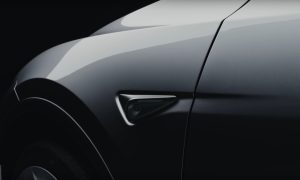
 Elon Musk1 week ago
Elon Musk1 week agoElon Musk confirms two measures Tesla is taking to fight vandalism
-
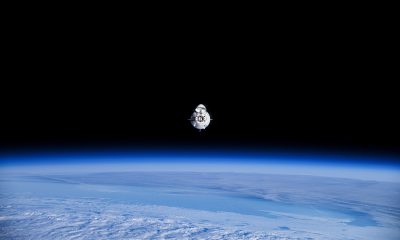
 News2 weeks ago
News2 weeks agoSpaceX rescue mission for stranded ISS astronauts nears end — Here’s when they’ll return home
-

 News1 week ago
News1 week agoTesla’s Giga Berlin director responds to anti-Musk criticism
-
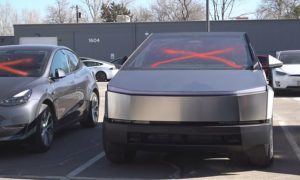
 Elon Musk2 weeks ago
Elon Musk2 weeks agoTesla owners doxxed by controversial anti-DOGE website in clear intimidation tactic
-

 Elon Musk1 week ago
Elon Musk1 week agoElon Musk to file lawsuit against former US Rep Jamaal Bowman: “I’ve had enough”
